What Is Sustainable Aviation Fuel?
Sustainable Aviation Fuel (SAF) is a cleaner alternative to traditional jet fuel, designed to significantly reduce greenhouse gas emissions. Made from renewable feedstocks such as used cooking oil, municipal waste, and agricultural residues, SAF can cut lifecycle carbon emissions by up to 80% compared to conventional fossil fuels.
According to the International Air Transport Association (IATA), SAF has already powered more than 450,000 commercial flights, proving its viability as a mainstream fuel solution. SAF is a drop-in fuel, meaning it can be blended with traditional jet fuel and used in existing aircraft engines without any modifications—making it an immediate and scalable solution.
Why SAF Is Critical to Aviation Sustainability
The aviation industry contributes roughly 2-3% of global CO₂ emissions, and with air travel expected to increase significantly over the coming decades, solutions like SAF are more important than ever.
Recent research published in ScienceDirect highlights SAF’s potential to dramatically reduce emissions even when accounting for land-use changes and indirect emissions (ScienceDirect Article). Moreover, a Nature study supports that with proper policy, production incentives, and global cooperation, SAF could become a dominant aviation fuel source by 2050.
The Challenges and Opportunities
Despite its benefits, SAF currently represents less than 0.1% of total aviation fuel consumption. The barriers? High production costs, limited supply chains, and a lack of infrastructure. However, demand is growing, and with it, the opportunity for innovation and investment. Companies and governments are collaborating to increase production and drive down costs through economies of scale and regulatory support.
As demand for SAF grows, so does the need for a skilled workforce capable of innovating, maintaining, and scaling these new technologies.
A Career Opportunity in Sustainable Aviation
The rise of SAF offers new career paths in chemical engineering, supply chain logistics, environmental science, and aviation technology. As SAF production increases, so will the need for technically skilled workers across all stages of development and implementation.
At VHR, we support the global shift towards a more sustainable future in aviation by sourcing specialist talent for SAF projects, green aviation technology roles, and digital transformation across the sector. Explore our Aerospace & Aviation jobs to learn more.
Why Businesses Should Pay Attention
For aviation employers, embracing SAF isn’t just an environmental decision—it’s a commercial one. Airlines that invest in SAF are aligning with global climate goals and meeting increasing passenger demand for greener travel. Early adopters will likely gain competitive advantage, especially as international regulations tighten and carbon offsetting becomes more regulated.
To remain future-ready, businesses should begin hiring for sustainability-focused roles and integrating SAF knowledge across engineering and operations teams.
Conclusion: Investing in a Greener Sky
Sustainable Aviation Fuel represents the most promising immediate solution to reduce aviation’s carbon footprint. While challenges remain, collaboration across industry, government, and academia is building momentum.
Whether you’re a company exploring sustainable growth or a candidate seeking to work on climate-positive projects, SAF is the future—and VHR is here to help you be part of it.







